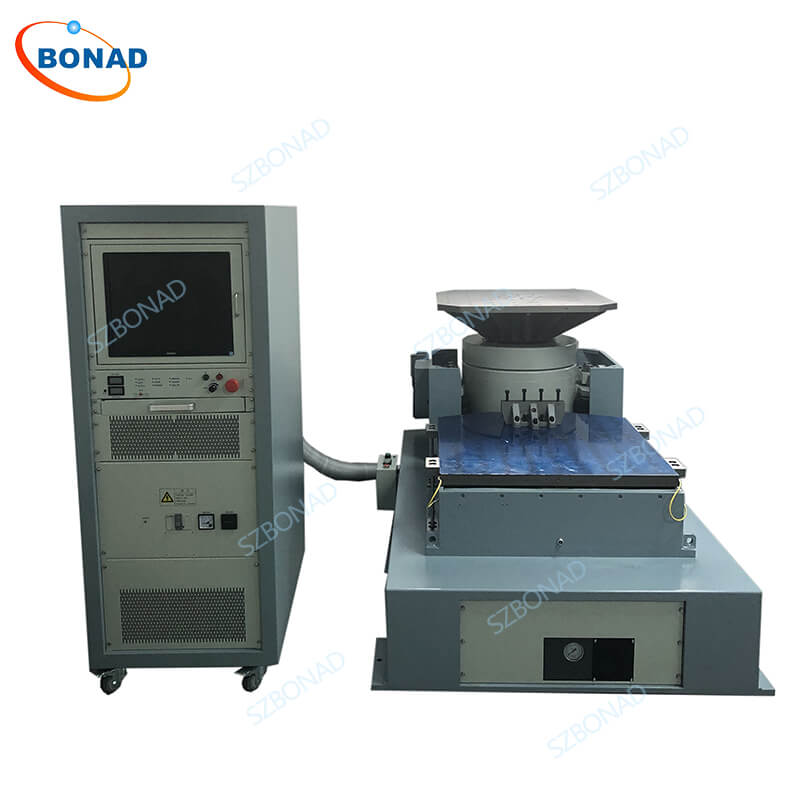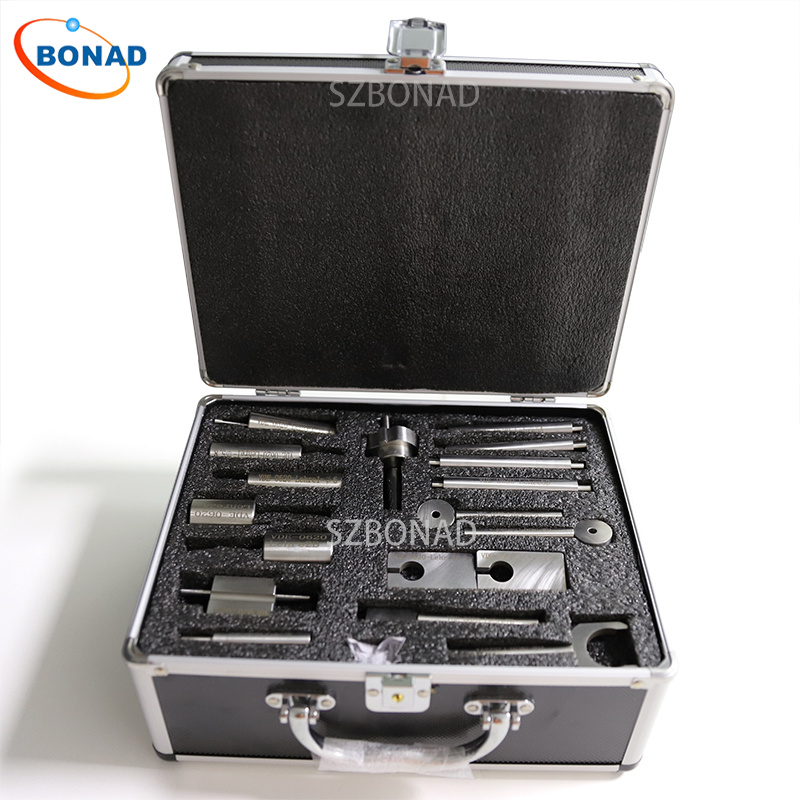Vibration testing is a crucial process for evaluating the mechanical integrity, safety, and performance of batteries under conditions that mimic real-world scenarios. This type of testing is especially important for batteries used in portable electronics, electric vehicles, aerospace applications, and other situations where they may experience various vibrations during operation or transit.
The main goals of conducting vibration tests on batteries are:
- Assessing Durability: To determine the battery’s ability to endure vibrations and mechanical stress throughout its lifespan, including handling, transportation, and usage.
- Validating Safety: To ensure that the battery’s internal components, like cells and electrical connections, remain stable and secure during vibrations. This reduces the risk of mechanical failures or short-circuits that could pose safety hazards.
- Verifying Performance: To evaluate the battery’s electrical performance, capacity, and overall functionality under vibration conditions to identify any negative impacts.
The typical procedure for conducting vibration testing on batteries in a laboratory includes:
- Test Setup: Securely mounting the battery specimen onto vibration test equipment like a shaker or table. The mounting method should closely replicate real-world usage or transportation scenarios.
- Selecting Test Profiles: Determining vibration test profiles based on anticipated real-world conditions the battery may encounter. These profiles are often defined by industry standards such as IEC 60068-2-6 for sinusoidal vibrations or other specifications relevant to the application.
- Setting Test Parameters: Establishing appropriate test parameters including vibration frequency, amplitude, and duration. These choices depend on the intended application and relevant standards.
- Executing Tests: Running the vibration test according to selected profiles and parameters. The equipment subjects the battery to specified vibrations.
- Monitoring and Analysis: Observing the battery’s electrical performance, mechanical behavior, and other relevant parameters during testing. Using suitable instrumentation to collect data throughout the process.
- Post-Test Inspection: Examining the battery for visible damage, structural changes, or degradation in electrical performance after testing.
- Evaluating Data: Analyzing collected data to assess battery performance and determine compliance with required specifications and safety standards.
- Generating Reports: Compiling a detailed report summarizing test procedures, results, and observations made during testing.
Adhering to industry standards and guidelines is vital when performing vibration tests to ensure accuracy, consistency, and reproducibility of results. Furthermore, testing should occur in a controlled lab environment with necessary safety precautions to prevent accidents or damage to equipment or personnel.
At BONAD, we recognize the significance of compliance. Our skilled technicians design and enhance battery vibration testing equipment according to international standards so your products meet essential safety and performance criteria. Whether you are a manufacturer, importer or distributor, our testing equipment can aid you in ensuring product compliance while boosting confidence in your offerings.



